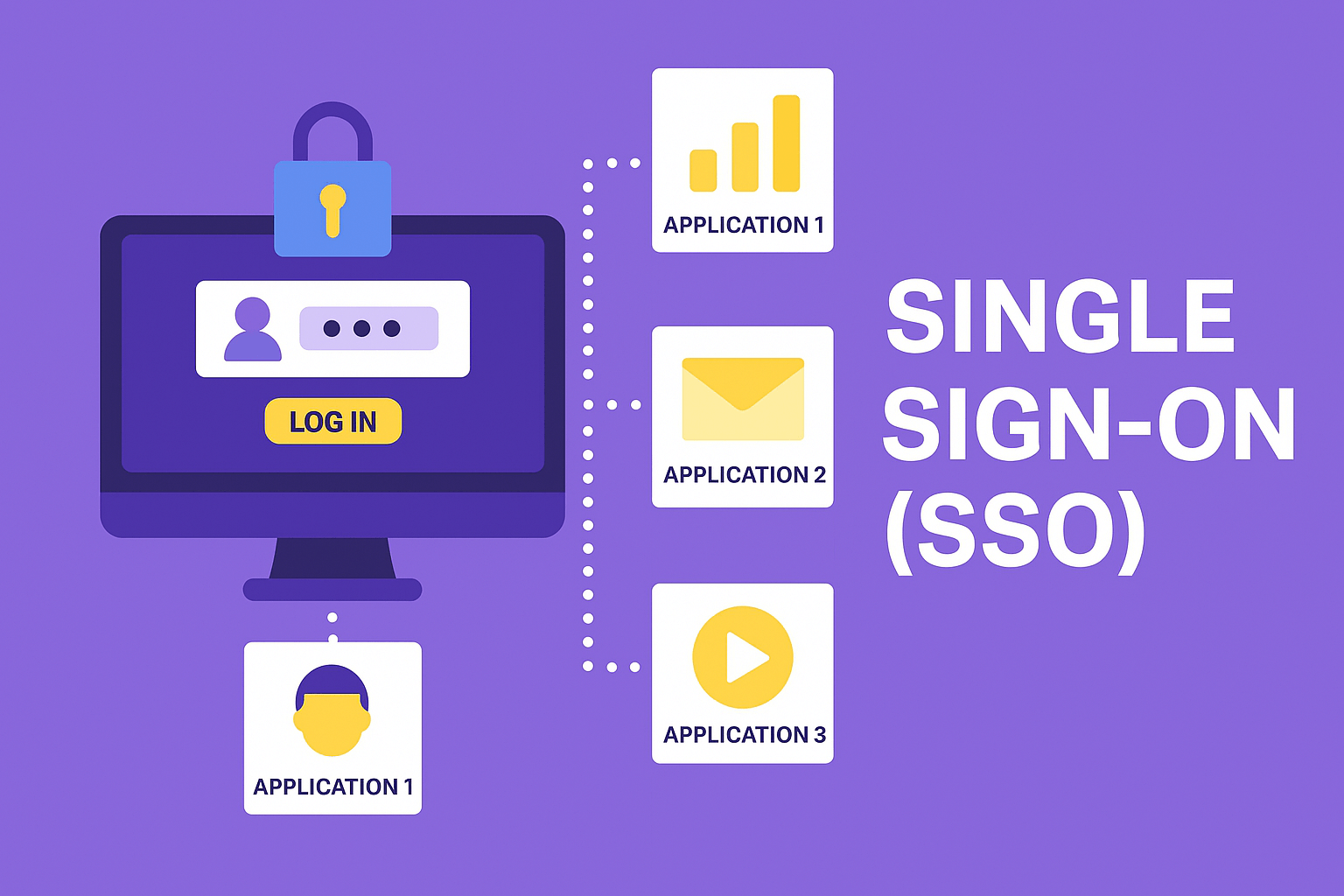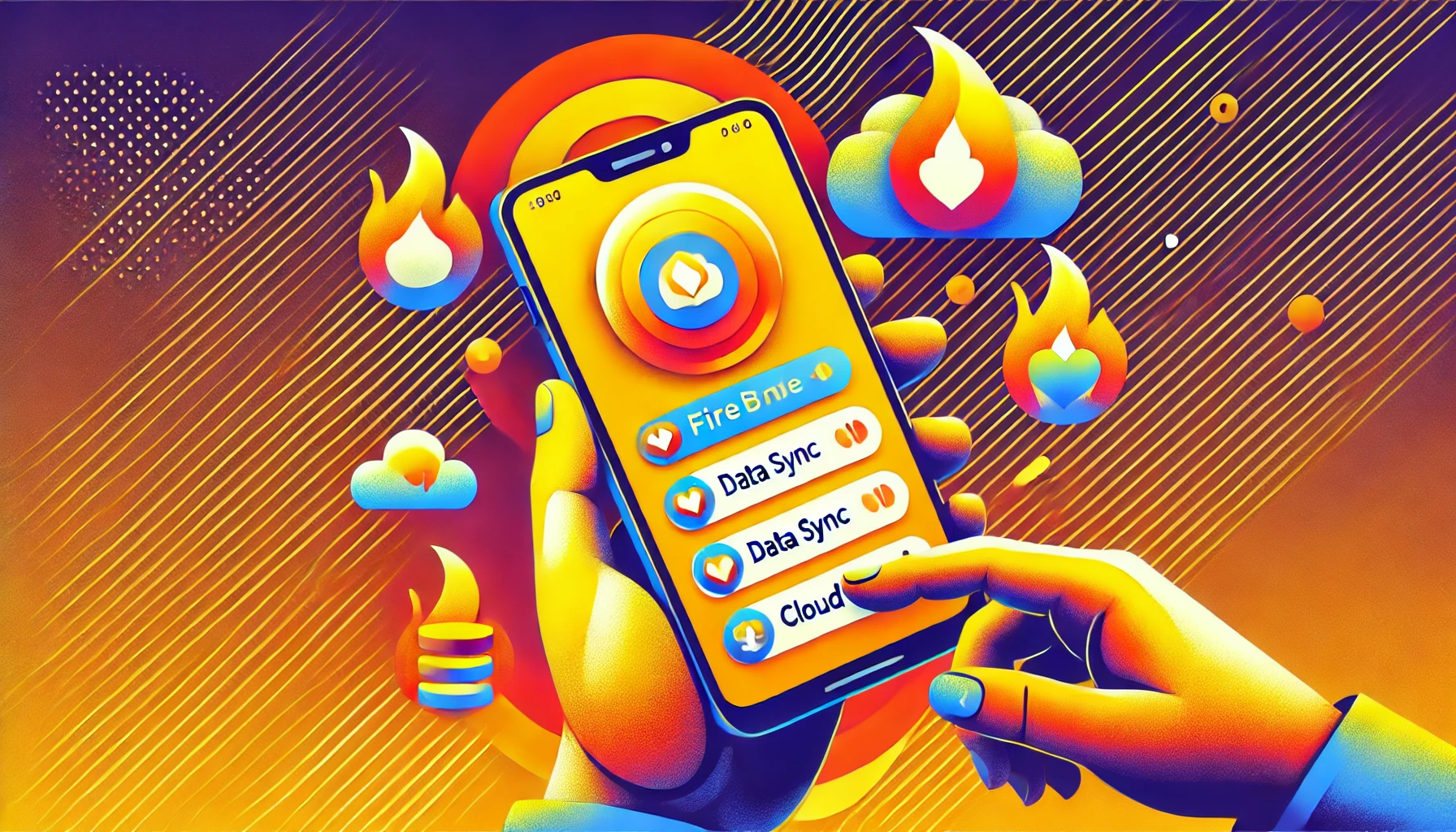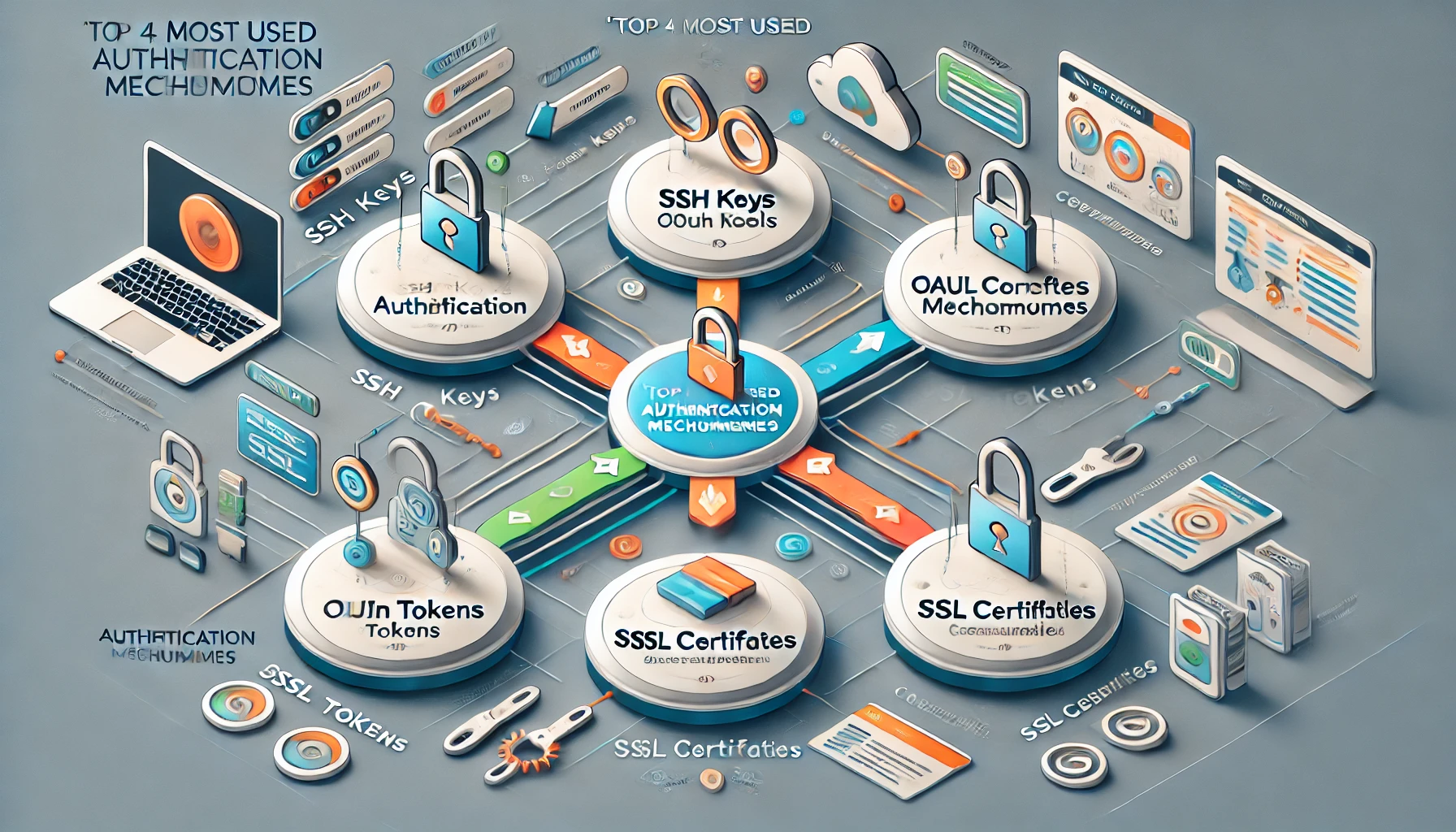Microservices: Everything You Need to Know to Get Started, Principles, Practices, and Real-World Examples for Modern Architecture

If you’re stepping into the world of microservices, understanding the basics is essential. Microservices architecture breaks down applications into small, independent services that communicate with each other, typically over HTTP. Each service is responsible for a specific business capability, allowing for greater flexibility, scalability, and maintainability.
This guide has covered everything you need to know to get started, from understanding how microservices differ from monolithic architectures to their core principles like loose coupling, single responsibility, and containerization. Whether you’re implementing your first API Gateway or setting up service discovery, this blog equips you with the foundational knowledge to begin your journey into building modern, scalable applications.
Microservices aren’t just a buzzword—they’re a way to future-proof your applications and streamline your development workflow. With the right approach, tools, and principles, you can unlock the full potential of this architecture. So, dive in and start crafting robust, efficient systems today!
Understanding Microservices
Microservices architecture structures an application as a collection of small, autonomous services, each responsible for a specific functionality. This modular approach contrasts with traditional monolithic architecture, where all components are interconnected within a single codebase.
Monolithic vs. Microservices Architecture
Monolithic Architecture:
• Structure: A single, unified codebase encompassing all functionalities.
• Deployment: Entire application deployed as a single unit.
• Scalability: Scaling requires replicating the entire system, which can be resource-intensive.
• Maintenance: Tightly coupled components can make updates and maintenance challenging.
Microservices Architecture:
• Structure: Decoupled services, each handling a specific function.
• Deployment: Services can be deployed independently.
• Scalability: Individual services can be scaled based on demand.
• Maintenance: Loose coupling facilitates easier updates and maintenance.
Key Principles of Microservices
1. Loose Coupling: Services operate independently, minimizing dependencies.
2. Autonomy: Teams can develop, deploy, and scale services without affecting others.
3. Single Responsibility: Each service focuses on a specific business capability.
4. Scalability: Services can be scaled individually to meet demand.
5. Fault Tolerance: Failures in one service don’t necessarily impact others.
6. API Gateway: Acts as an entry point, managing requests and routing them to appropriate services.
7. Service Discovery: Mechanisms that enable services to find each other dynamically.
8. Containerization: Encapsulating services in containers ensures consistency across environments.
Benefits of Microservices
• Faster Development Cycles: Independent services allow for quicker iterations.
• Improved Maintainability: Modular structure simplifies debugging and updates.
• Enhanced Scalability: Scale services based on specific needs.
• Technology Diversity: Different services can utilize technologies best suited for their function.
Challenges of Microservices
• Increased Complexity: Managing multiple services can be complex.
• Distributed System Management: Requires robust monitoring and management tools.
• Potential Performance Overhead: Inter-service communication can introduce latency.
Practical Example: Implementing a Simple Microservice
Consider a basic e-commerce application with separate services for user management and product catalog.
User Management Service:
# user_service.py
from flask import Flask, request, jsonify
app = Flask(__name__)
users = {}
@app.route('/users', methods=['POST'])
def create_user():
user_id = request.json['id']
users[user_id] = request.json
return jsonify(users[user_id]), 201
@app.route('/users/<user_id>', methods=['GET'])
def get_user(user_id):
user = users.get(user_id)
if user:
return jsonify(user)
return jsonify({'error': 'User not found'}), 404
if __name__ == '__main__':
app.run(port=5000)
Product Catalog Service:
# product_service.py
from flask import Flask, request, jsonify
app = Flask(__name__)
products = {}
@app.route('/products', methods=['POST'])
def create_product():
product_id = request.json['id']
products[product_id] = request.json
return jsonify(products[product_id]), 201
@app.route('/products/<product_id>', methods=['GET'])
def get_product(product_id):
product = products.get(product_id)
if product:
return jsonify(product)
return jsonify({'error': 'Product not found'}), 404
if __name__ == '__main__':
app.run(port=5001)
API Gateway:
# api_gateway.py
from flask import Flask, request, jsonify
import requests
app = Flask(__name__)
USER_SERVICE_URL = 'http://localhost:5000'
PRODUCT_SERVICE_URL = 'http://localhost:5001'
@app.route('/users', methods=['POST'])
def create_user():
response = requests.post(f'{USER_SERVICE_URL}/users', json=request.json)
return jsonify(response.json()), response.status_code
@app.route('/products', methods=['POST'])
def create_product():
response = requests.post(f'{PRODUCT_SERVICE_URL}/products', json=request.json)
return jsonify(response.json()), response.status_code
if __name__ == '__main__':
app.run(port=5002)
Running the Application
1. Start each microservice:
python user_service.py python product_service.py python api_gateway.py
2. Send requests to the API Gateway:
• Create a user:
curl -X POST -H "Content-Type: application/json" -d '{"id": "1", "name": "Alice"}' http://localhost:5003/users
• Create a product:
curl -X POST -H "Content-Type: application/json" -d '{"id": "101", "name": "Laptop", "price": 1200}' http://localhost:5003/products
• Create an order:
curl -X POST -H "Content-Type: application/json" -d '{"id": "1001", "user_id": "1", "product_id": "101", "quantity": 2}' http://localhost:5003/orders
How It All Works Together
• User Service: Handles user registration and provides user details.
• Product Service: Manages product inventory and provides product details.
• Order Service: Creates and retrieves order details, interacting with User and Product services indirectly via the API Gateway.
Benefits of This Setup
• Loose Coupling: Each service operates independently.
• Scalability: You can scale individual services based on their load.
• Flexibility: Services can use different technologies or be updated independently.
Best Practices
• Implement Robust Monitoring: Utilize tools to monitor service health and performance.
• Automate Testing: Ensure each service is thoroughly tested.
• Use Centralized Logging: Aggregate logs for easier debugging.
• Secure Inter-Service Communication: Implement authentication and encryption.
• Document APIs: Maintain clear documentation for each service’s API.
Transitioning to microservices offers numerous advantages, including scalability and flexibility. However, it’s essential to address the inherent complexities through best practices and robust tooling.
Ready to delve deeper into microservices? Explore our advanced tutorials and resources to enhance your understanding and implementation of microservices architecture.








No responses yet